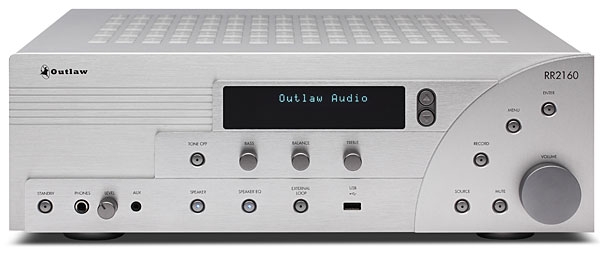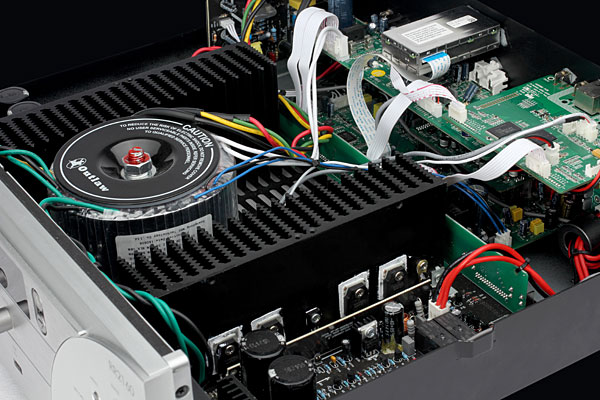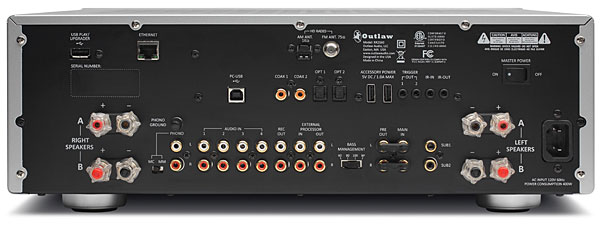| Columns Retired Columns & Blogs |
A terrific review as always. Would it be possible to compare the Stirlings to the Falcon Acoustic LS3/5a? Two different approaches to re-creating the same speaker. I owned a pair of Chartwells. Wish I still had them.
Thank you!













































